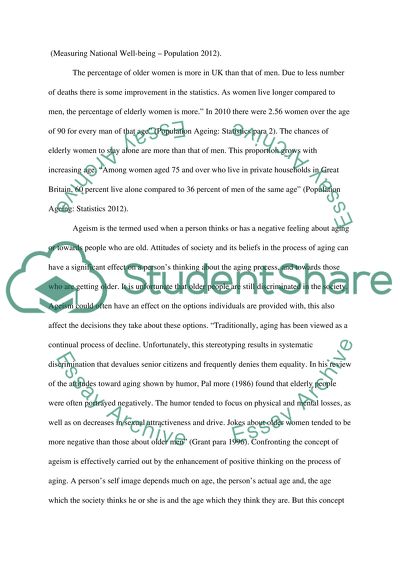Cite this document
(“Older People Care (Social Care) Essay Example | Topics and Well Written Essays - 1750 words”, n.d.)
Retrieved from https://studentshare.org/nursing/1450918-older-people-care-social-care
Retrieved from https://studentshare.org/nursing/1450918-older-people-care-social-care
(Older People Care (Social Care) Essay Example | Topics and Well Written Essays - 1750 Words)
https://studentshare.org/nursing/1450918-older-people-care-social-care.
https://studentshare.org/nursing/1450918-older-people-care-social-care.
“Older People Care (Social Care) Essay Example | Topics and Well Written Essays - 1750 Words”, n.d. https://studentshare.org/nursing/1450918-older-people-care-social-care.


